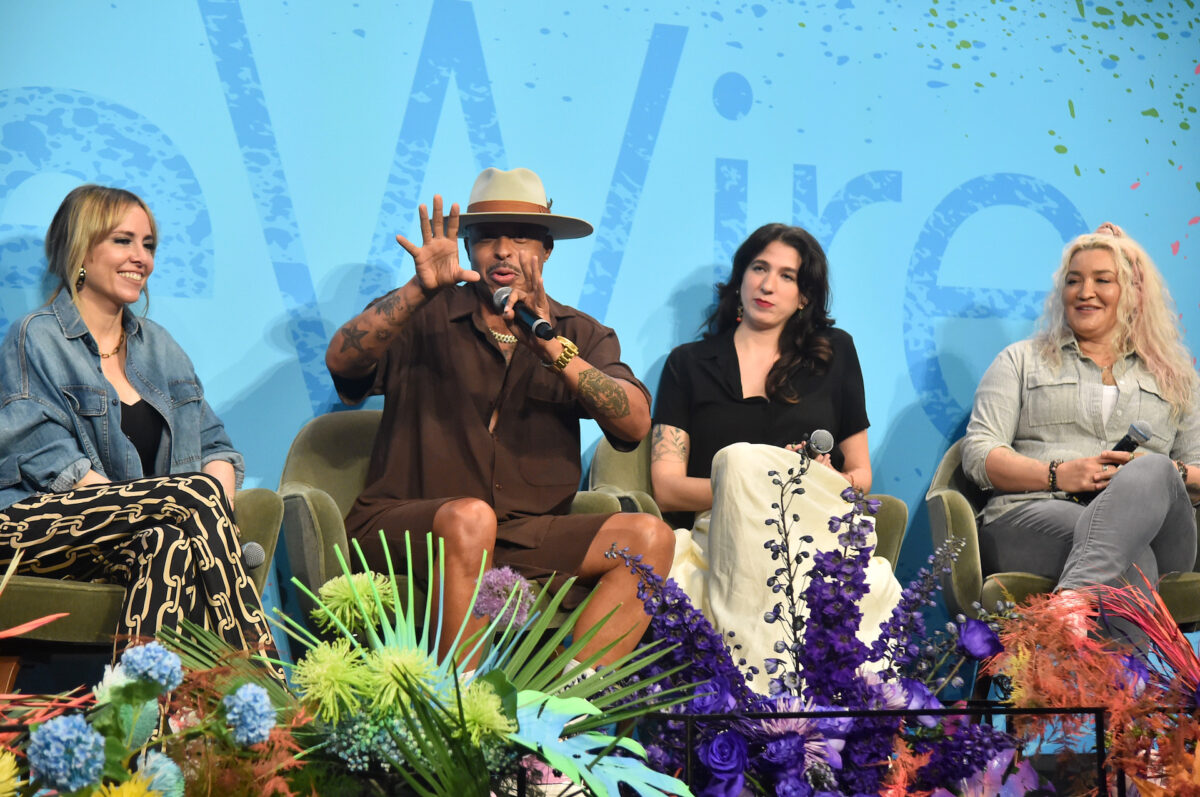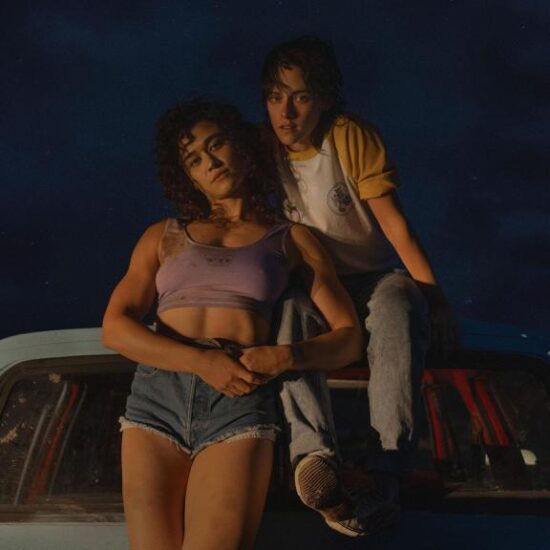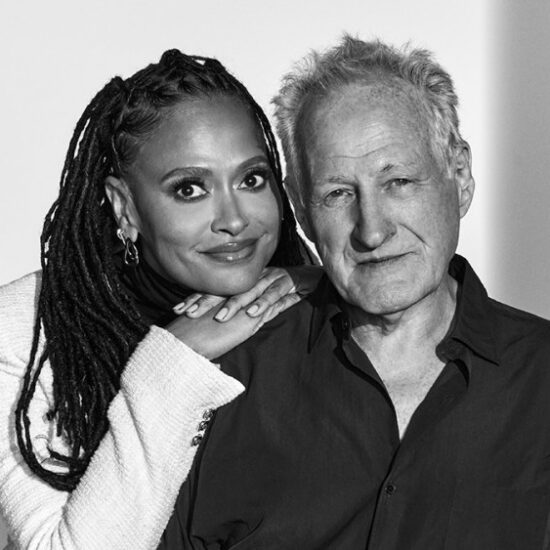
“Grease: Rise of the Pink Ladies” went to great lengths to immerse its audiences in a stylized 1950s world, but modern problems like COVID-19 made sure its creators never forgot that they were working in the 2020s.
The panel discussion about the Paramount+ “Grease” prequel at IndieWire’s Consider This Event on June 3 saw executive producer and director Alethea Jones, choreographer Jamal Sims, costume designer Samantha Hawkins, and hair department head Jaala Leis Wanless reminiscing about the logistical hurdles that the pandemic threw at them. While their individual jobs were affected in different ways, all four artists credited the entire team’s resilience with the show’s ultimate success.
“All the departments kept each other propped up across the board,” Hawkins said. “There was just no room and no time for error. And of course you’re filming during COVID times, so we were constantly losing crew members and our cast members. Every day was just brand new.”
The difficulties created by the shifting schedules of COVID and moving parts of the production were amplified by the fact that the show’s period details required a level of technical precision that left the crafts team little margin for error.
“Doing 1950s hair is technically very hard,” Wanless said. “There’s a lot of steps that need to go into making that happen. When you have to put that together on someone’s head every single morning, it’s tough.”
“[Creator] Annabel Oakes did an amazing job of talking to people who lived in that era and had been part of this kind of environment,” Wanless said. “I then looked at old issues of Jet and researched doo-wop culture. We wanted it to be historically accurate but through a modern-day lens.”
To that end, Hawkins valued applying a 2020s lens to the ’50s, a decade so much more diverse than is usually depicted. “Dressing greasers who were from the Latinx community, and Nancy [Tricia Fukuhara] is Japanese, was so meaningful because they were there in the ‘50s and part of this culture, but you have to dig deeper to find them because they weren’t depicted,” Hawkins said.
But as for 2020s challenges, Jones recalled the miracles that she had to work to keep the show on schedule during COVID outbreaks on set.
“There was one number that we had to pull up during the first week of shooting where half the ladies either got COVID or had close contact. That means you’re out. And we had already rehearsed the first dance numbers,” Jones said. “So half our pink ladies are out, then I get dinged with close contact COVID. Our showrunner gets COVID.”
But even when it seemed like there was no way forward, the team was able to shoot one musical number during the chaos by having a group of actors switch roles and Jones direct from a remote location.
“So I’m at home directing remotely. There’s one number that we can pull forward. It’s Episode 2 and it opens with a split screen number,” Jones said before explaining that the dancers featured in the song were not the ones she originally cast. “So these women that were not part of our main cast, they all played housewives, because they weren’t having close contact with any of our cast. So I was directing remotely, Jamal had barely rehearsed it, these women showed up… and it was awesome.”
While re-choreographing a musical number to accommodate new cast members was a challenge for Sims, he said it was just par for the course given the grueling schedule that the show required. Sims explained that the logistical complications created a sense of camaraderie between the departments that elevated everyone’s performance.
“We did 31 numbers over a couple of months, which averages three numbers per episode,” Sims said. “It went fast. Once we said go, it was like a train that could not be stopped. It actually made you step up. Because all departments were firing on full throttle, so you didn’t want to be the department that let everybody down. It was a nice little friendly competition.”
To create elaborate musical numbers in an episodic format requires an intense level of coordination and collaboration. “We had amazing directors of photography, DJ Stipsen and Mark Chow. And what was great about working with them was they would love to come to our rehearsals. Which is so important on a movie musical, because you want to know where the dancers are, where do we need the cameras, how can we hide the cameras, all of this stuff,” Sims said. “A lot of DPs say ‘I’ll just see it when I get there,’ but they would actually come to the rehearsal and we would walk them through. As far as choreography, I would film a pre-vis prior to, just to show what the best angles of the dance are. Then our directors would come in and they could choose to use it or not. But at least we were giving the dancers a chance to be seen, because you can miss a dance just by putting the camera too low or too high.”
Watch the full video from IndieWire’s Consider This Event above.
Sign up to be notified of more IndieWire events here.













